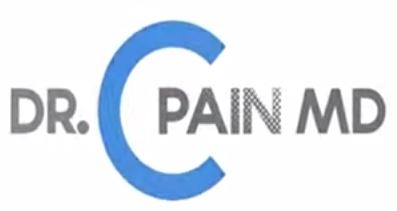We know that glial cells ramp up their effects in response to pain. We know that they can be responsible for enhancing pain via direct actions on the nervous system as well as indirect actions, such as the production of chemical inflammatory compounds such as cytokines. It is known that these inflammatory cytokines enhance the transmission of pain via nerves. They serve to turn up the volume on the pain signals being transmitted to the brain. We also know that we can reduce pain by suppressing glial cells. Two medications that I work with to treat pain have direct action at the glial cell. The first is naltrexone. Naltrexone is a drug that is primarily used to inhibit the effects of opioids (morphine and morphine like medications). Minocycline is an antibiotic. Both of these drugs are known to suppress the activity of glial cells and both are effective at reducing certain types of pain.
Putting all of this together makes it much more clear what is happening. Glial cells such as astrocytes and microglia act to maintain normal central nervous system function. If a person is suddenly exposed to pain or illness, the glial cells will react and change their function. They begin to participate in the pain or illness by increasing their numbers and changing their function from a support role to an enhancing role. They enlarge and they form more glial cells and they begin to enhance the pain transmission abilities of the nervous system. They sensitize the nervous system to stimulation.
Think back to a time when you were ill with a bad cold or flu. Remember how your body ached? Remember how you didn’t want to be touched, or talk, or even read or look out the window? Your nervous system was hypersensitized and all these stimulation-sight, touch, sound-became painful. This is what glial cells do to worsen your pain. They do it via chemical mediators that signal them to switch their role from support to enhancement of suffering. This is important to help the body heal. It encourages you to go lie down, conserve your energy and allow the body to direct its efforts at healing you, rather than having to maintain the normal activities that result from your normal busy daily schedule.
If I give you a drug to block the activity of glial cells, I can reduce these symptoms, so I know the glial cells are responsible, at least in part, for how you feel when you are ill or injured.

